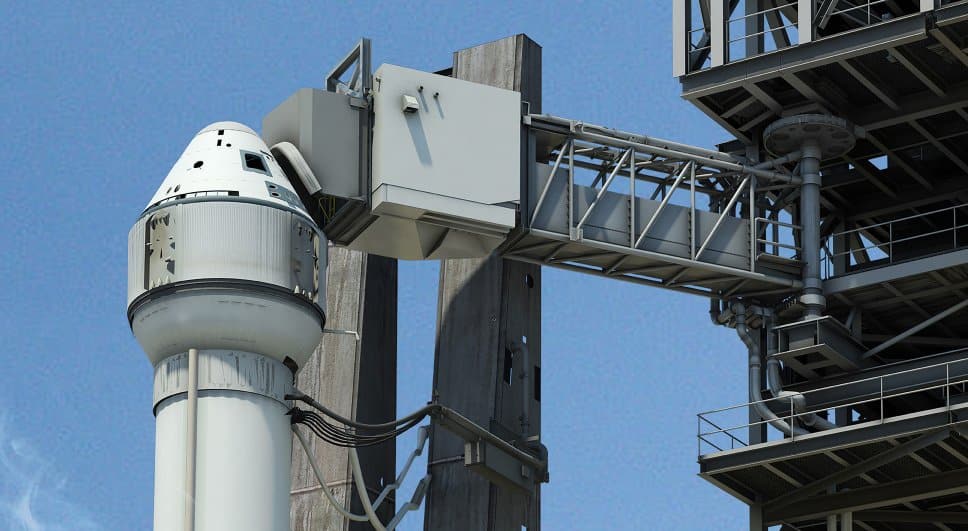SpaceX’s Dragon isn’t the only commercial spacecraft in the game, Boeing’s Starliner will also be making its debut un-crewed flight this year. Just like Dragon, the Starliner is also funded by NASA as part of its Commercial Crew Program. The spacecraft has been in development since 2010 and is now nearing completion. In this blog post we take a closer look at the Starliner – as it’s one of the vehicles private citizens will be able to fly to space on in the next few years!
Introduction
Starliner is a capsule spacecraft, like the Soyuz and Dragon. It does not have wings like the Space Shuttle did. It’s launched into space on top of a rocket – in this case the Atlas V built by ULA (United Launch Alliance).
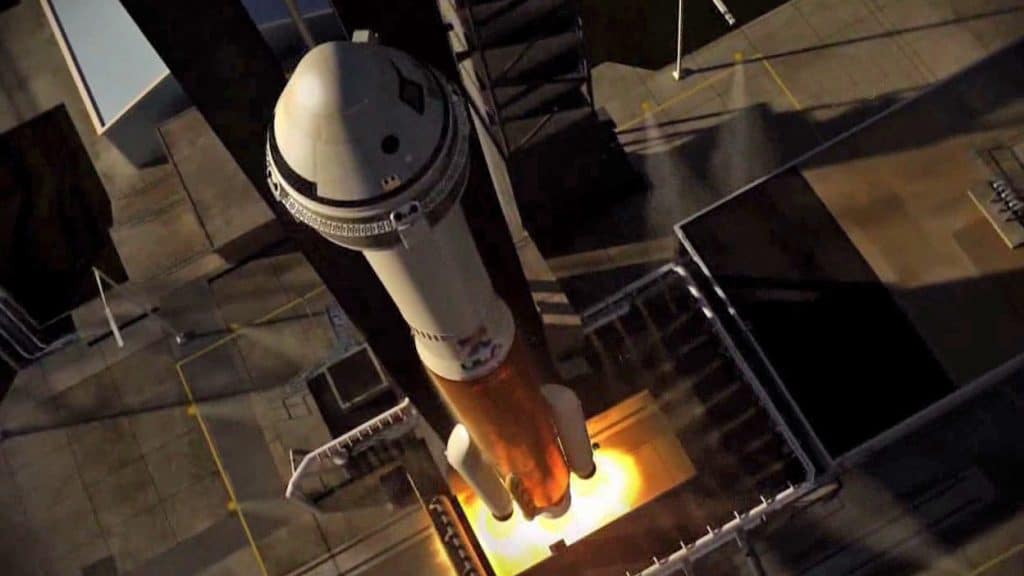
The Atlas V
The Atlas V rocket has been in operation since 2002 and has launched successfully nearly 80 times since. The Atlas V has a single engine first stage and can be made more powerful by adding solid rocket boosters to the side. When launching the Starliner, Atlas V will have two solid rocket boosters. After the first stage fuel has been expended, the first stage drops away and the upper stage engine is started.
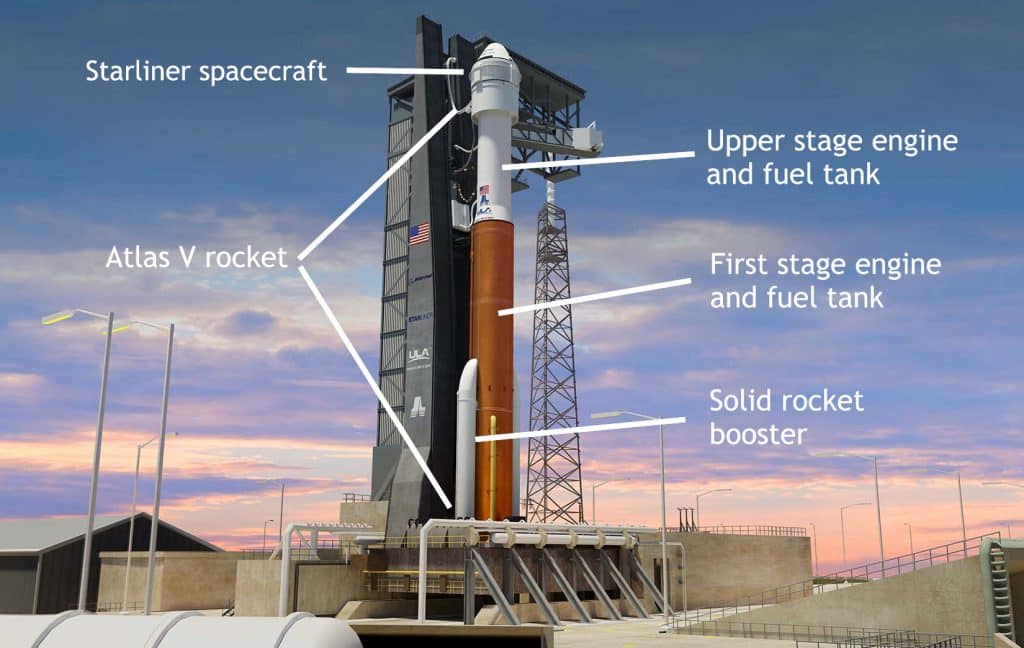
Crew Module and the Service Module
There are basically two segments to the Starliner: (1) the Crew Module, which sits on top of (2) the Service Module. The Crew Module is exactly that – where the crew sit and is the only part that comes back to Earth. The Service Module helps the spacecraft maneuver while in space – into the correct orbit, dock and un-dock with the ISS, and directs the spacecraft on the right path home.
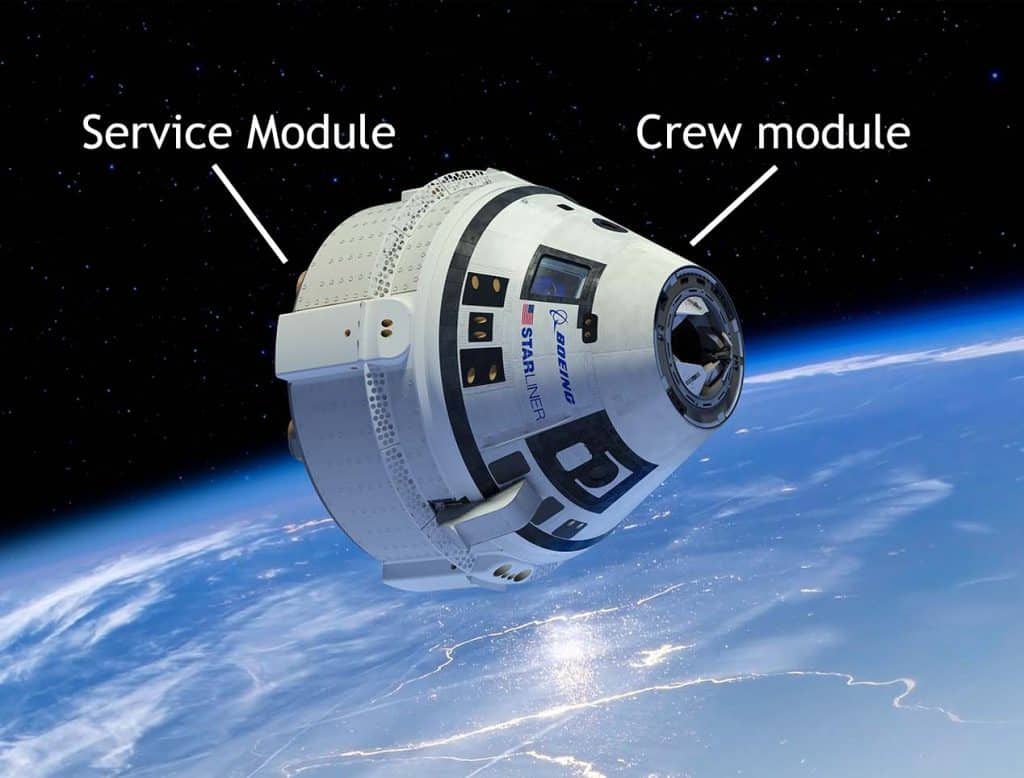
Upper dome and lower dome
Both parts of the Starliner are being manufactured at the Boeing facility at the Kennedy Space Center in Florida. The top and bottom halves (or domes) of the Crew Module are made of large blanks of space-grade aluminum which is machined down to leave a honeycomb pattern that reduces weight but preserves the strength. The two domes are then bolted together with over 200 bolts. Quite a feat of engineering.
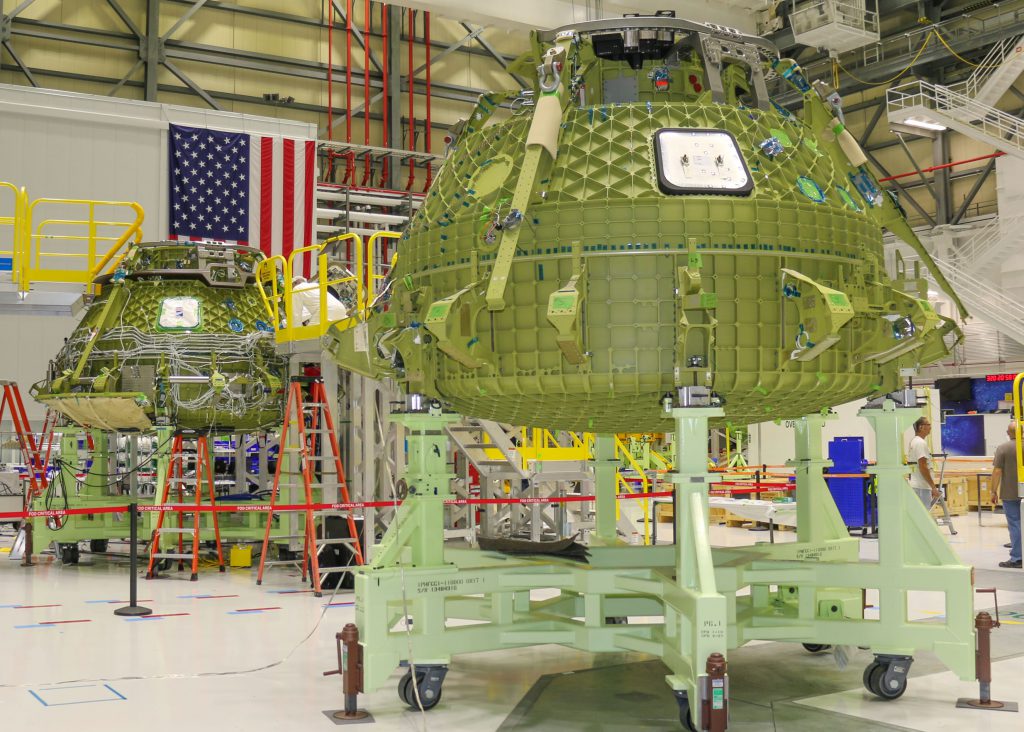
Room for seven
Starliner is big enough to carry seven people, although for initial flights it will more likely carry four or five people. The crew do not have much to do – as you would expect with a modern spacecraft – the Starliner is an autonomous vehicle, although there are manual controls for the pilot as a backup.
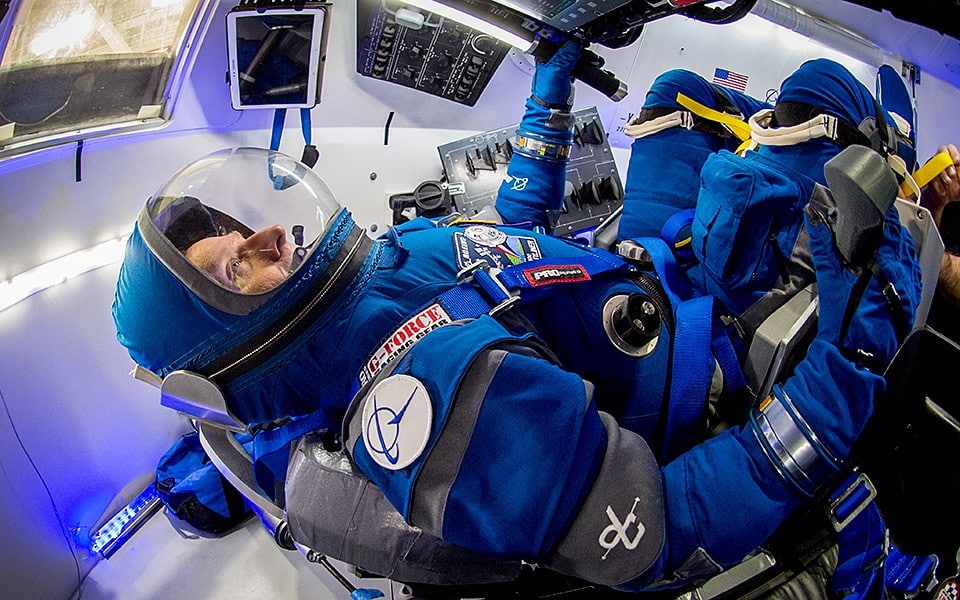
Missions to the ISS
The primary use of the spacecraft (at least initially) will be to deliver professional (and several private) astronauts to the International Space Station (ISS). It will stay attached to the ISS serving as the life boat, and return vehicle for the crew.
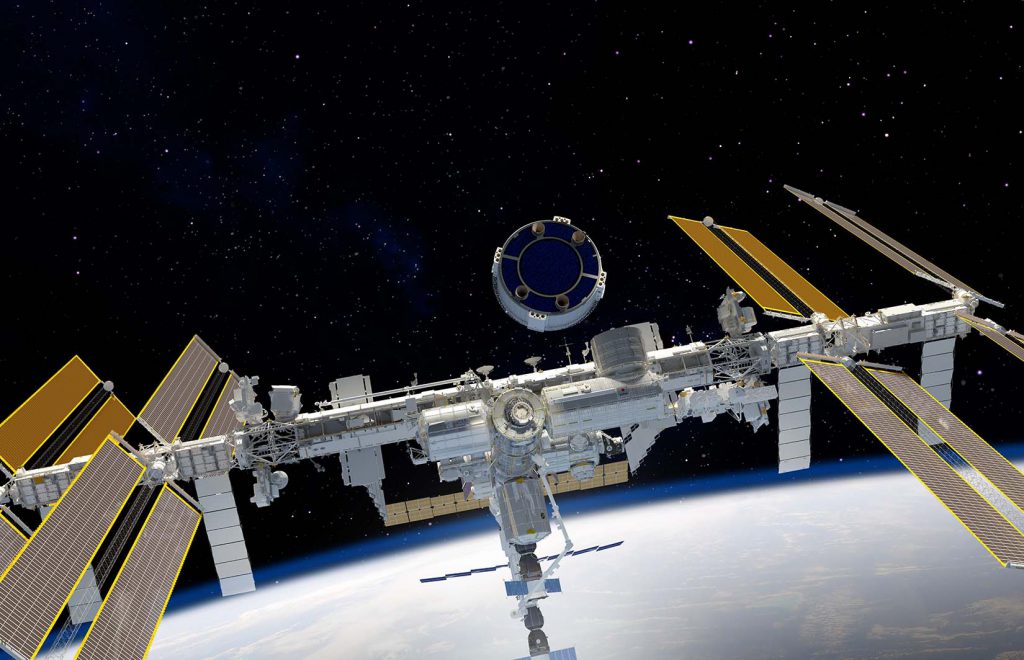
Return under parachute
Upon return, the Starliner will return to Earth on land, as opposed to water, this will assist in the Starliner’s re-usability. Reusability after water landings is possible but is a little more challenging. The spacecraft will be slowed by parachute and large airbags.
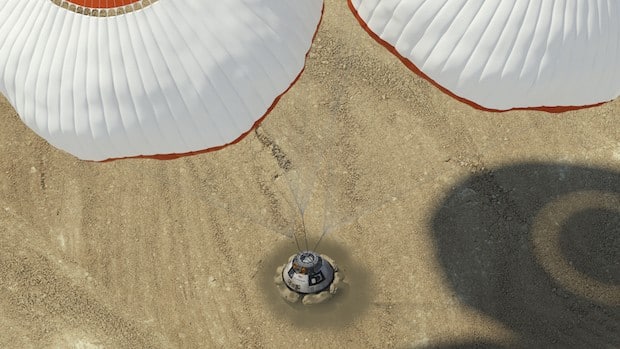
And there, you’re home!


